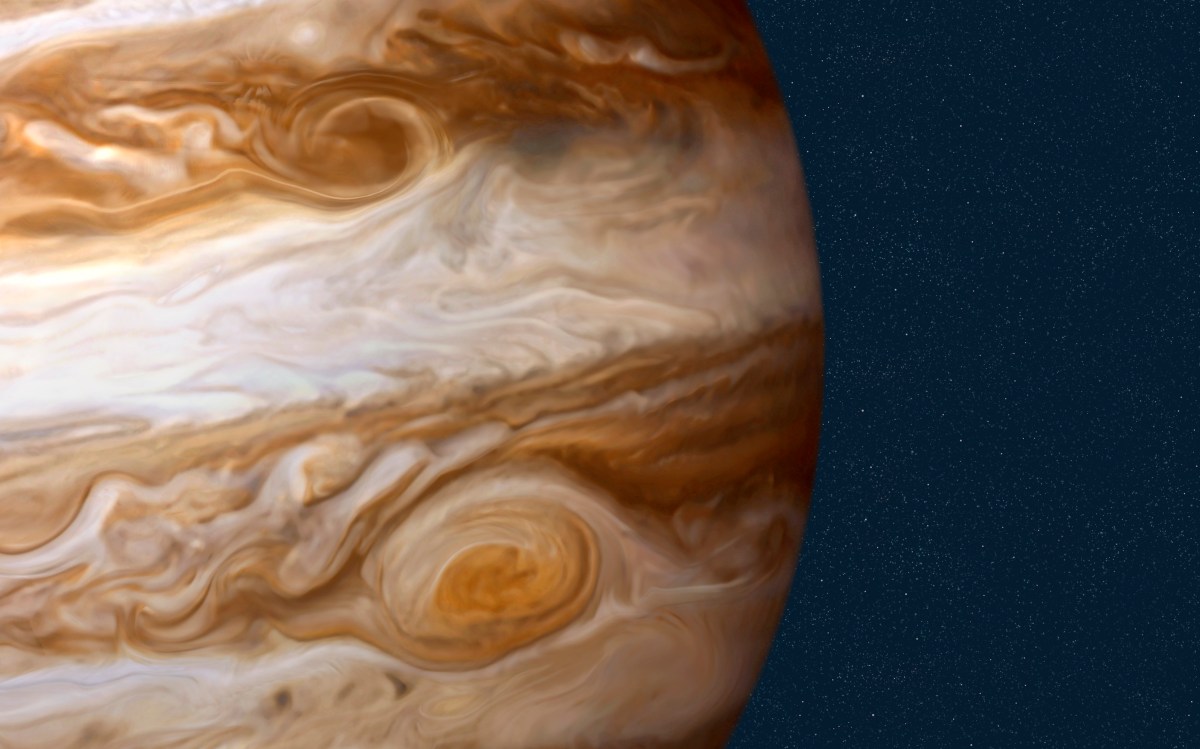Scientists are running experiments on Jupiter’s magnetic field, and what they’re finding is only getting stranger. In a Smithsonian Magazine summary analyses of a report published in Nature, Jupiter appears to have two south poles, and a magnetic field that departs from our own in significant ways.
Discoveries deduced from studying the magnetic field will inform our understanding of Jupiter’s core. In addition to the puzzling doubling of south poles, the report suggests that much of Jupiter’s magnetic field is concentrated in the north, and therefore not evenly distributed like Earth’s. One suggestion of the magnetic field research is that Jupiter has a “more dilute core made up of several stable layers of electrically conductive fluid,” according to Smithsonian Magazine.
Such hypotheses require much more research, but until then we can imagine Jupiter as the massive planet without a north pole.
Thanks for reading InsideHook. Sign up for our daily newsletter and be in the know.


















